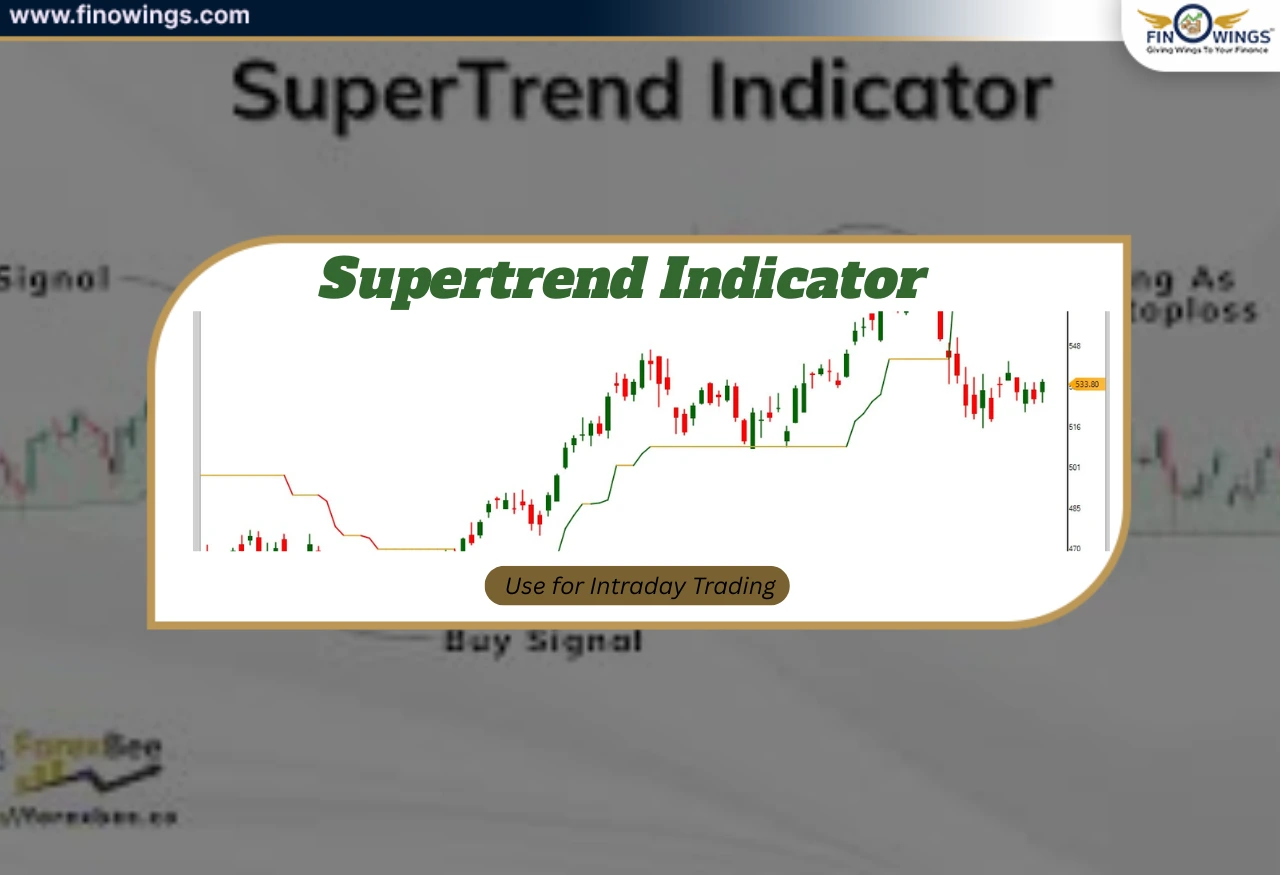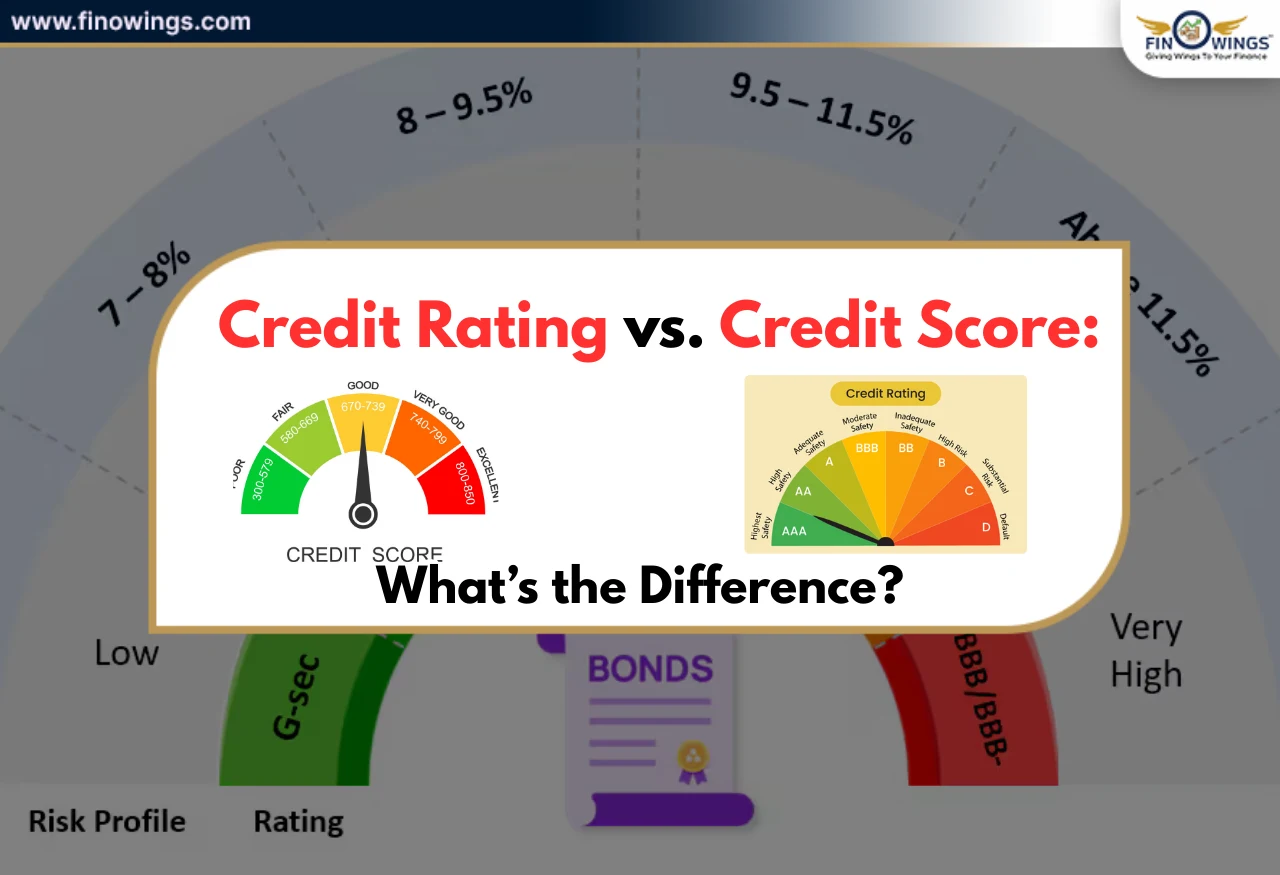what is BETA?
.jpeg)
Table of Contents
- What is Beta, and How Does It Help in Investing?
- What Is Beta In Stock Market
- How Beta Works in Investing
- How to Calculate Beta Value Of A Stock
- What Are the Different Types of Beta?
- What Are The Advantages of Beta Value In Stock Market?
- Few Disadvantages Of Beta Value
- How Beta Aids Risk Assessment
- Bottom Line
What is Beta, and How Does It Help in Investing?
Investing in the stock market is not like walking down a smooth road with no potholes. The stock market constantly fluctuates, moving up and down in response to various global events.
Some stocks may grow rapidly, while others may fall below your expectations. In this environment of volatility, you cannot invest simply by assuming things. Instead, you must perform some calculations to get a good idea of the risk and growth of the shares.
Experienced investors always use the Beta method to assess a stock's future risk by measuring its volatility. In this blog, we will discuss the beta method in depth to learn more about it. So, let's dive in and understand the beta method of investing.
What Is Beta In Stock Market
Beta is a value that measures the risk and volatility of a stock concerning the overall market. It aids in understanding the expected return on shares in the future. In addition, investors use it to calculate the systematic risk of their portfolio in the overall market.
In general, stocks with beta values of 1.0 or less are considered less volatile and risky, whereas stocks higher than 1.0 are expected to move more. So it is because every share has a beta value, which you can obtain by performing a specific calculation.
Shares with a high beta value are risky but can produce high returns. Conversely, shares with a low beta value are less risky but produce lower returns.
How Beta Works in Investing
Beta informs investors about a specific share's expected systematic risk and return. Investors can include their portfolio shares based on the beta calculation. If an investor is willing to take a high risk in exchange for a high return, they can purchase shares with a beta value higher than 1.0.
On the other hand, if the investor's risk tolerance is low and they can be satisfied with lower returns, then stocks with beta values of 1.0 or lower are appropriate for inclusion in the portfolio. However, as an investor, you should remember that the beta value helps you assess expected risk, so the actual return may differ from what you expected.
Speculating on future risk and return is good, and the clues generated by the beta method are helpful to some extent. Still, it would be best if you also used other techniques rather than relying solely on the beta to make informed investment decisions.
For example, most small and mid-cap companies have beta values greater than 1.0 because these stocks are highly volatile, but the growth potential is also high. Because of the high beta value, you should not disregard all midcap and small-cap stocks. To make an investment decision, you must first gather information about the company and assess its future growth, the demand and supply of the product or service, and other factors.
If you do not want to take risks, you can invest in large-cap companies. These companies' beta values are equivalent to or less than 1.0, but capital gains are also not very high. On the other hand, investors can benefit from high dividend yields on these stocks for consistent income.
How to Calculate Beta Value Of A Stock
So far, we've talked about the definition and application of the beta method. But the critical question is how to calculate the beta value of any share to assess risk and return. The beta value is calculated using the following formula:
Beta = Covariance (Re, Rm)/ Variance (Rm)
Where,
Re represents the return generated by a single stock.
Rm is the return generated by the overall market.
Covariance depicts the relationship between individual stock returns and market returns. Whereas variance indicates how far apart the market data points are from their average value.
Investors use the beta value to calculate the risk and volatility of a specific share. In addition, it provides information about the movement of the stock in the overall market. Always remember that when calculating the beta value of a particular share, the market that you use as a benchmark should be related to the specific stock only. For instance, if you are calculating the beta value of a bond, the benchmark market should be related to bonds rather than equity or other securities.
What Are the Different Types of Beta?
Different shares have different beta values, and to assess risk over a specific share, you must first understand what these beta values mean. This section will go over the various types of beta values in detail.
-
Beta Value Equal to 1.0
Stocks with beta values of 1.0 shows that the stock price is correlated with market activity. Therefore, such shares do not add risk to your portfolio and have systematic risk. However, these shares do not guarantee a high return on investment.
-
Beta Value Less Than 1.0
Shares with less than one beta value are less volatile and risky. Therefore, including such securities in your portfolio poses no risk. However, because these shares move very slowly compared to the market, the likelihood of generating a high return is very low.
-
Beta Value More Than 1.0
Shares with beta values more significant than one are more volatile than the market. It denotes high risk but also the potential for high returns. You should include these stocks in your portfolio only if you are willing to take a risk with your money. For example, Small cap stocks have a high beta value because they are risky and volatile, but they can also provide good growth on your investment.
-
Beta Value in Negative
Some securities have a negative beta value. They are inversely related to the stock market in many ways. When the stock market is down or on the verge of a crash, such securities typically rise in value. Gold is an excellent example of such security. Gold has a negative beta value and tends to increase over time. Such investments are considered safe and provide inflation protection.
What Are The Advantages of Beta Value In Stock Market?
Here are some of the benefits of the beta method in investing:
-
Beta value assists investors in analyzing the significant risk and return of a specific share before investing.
-
It aids in calculating the company's unsystematic and market-related risk.
-
Investors seeking a consistent return with low risk can invest in stocks with a beta value of less than 1.0.
-
Investors with a high-risk tolerance can profitably invest in small and mid-cap companies with high beta values.
-
Beta value also allows you to analyze the stock's past performance against a predefined benchmark.
-
Beta value is useful when selecting a stock for investment because it allows you to anticipate the ups and downs in a stock's price in the market.
Few Disadvantages Of Beta Value
-
Beta value does not consider new information when calculating the risk and return of a specific share, making this method less reliable.
-
Beta value is frequently calculated using past data, and many new technology stocks have struggled to generate reliable data.
-
Beta value predicts the future value of the share based on the past. As a result, it is not a reliable factor because the future growth of any company's share can be drastically different from its past, affecting the value of that share as well.
-
While beta value is an excellent measuring factor for short-term investments, it is not as helpful in assessing risk in long-term investments.
As a result, we can say that the beta value method has limitations that make it useful in limited situations to assess the risk and return of a specific investment.
How Beta Aids Risk Assessment
For most investors, the definition of risk is a future drop in the price of a stock. Investors generally believe that the risk associated with their investment is that the value of the stock they purchase will decline.
However, beta does not distinguish between positive and negative price movements. As a result, investors believe that price movement to the downside is a risk, while price movement to the upside is an opportunity. This, however, is not the case with value investors.
For them, the situation is the opposite. They use the beta method to predict that a share has dropped dramatically in value is risky only before it has fallen. According to value investors, the risk in the stock decreases after it falls because you can buy it at a lower price.
Because beta does not incorporate new information about the company, the share may have a high beta value. And according to Benjamin Graham, the father of value investing, it is always better to look for well-run companies with a high margin of safety.
To determine a company's margin of safety, examine its balance sheet to see if it has a low debt-to-total capital ratio. The consistency of the company's growth, earnings, and dividends are all factors that help you calculate the safety margin.
Bottom Line
Beta is one method investors use to forecast risk and return on a specific share. This method, however, has its own set of advantages and disadvantages. As a result, you must understand the factors associated with this method and base your decision on them. Using only the beta method to invest your money may put your money at risk. Thus take other factors also in consideration before investing in the stock market.
You can contact Agarwal Corporate for assistance with your investment. Their expert professionals will provide you with the best investment advice.
Have you ever used the beta method to assess the risk of a stock? Tell us in the comments section what result you get after using the beta method.
Author
Frequently Asked Questions
The beta value equals 1 represents stability. A beta value of more than 1 denotes a stock's high volatility, whereas a beta value of less than 1 indicates a stock's low volatility.
Beta is a crucial component in determining how risky a stock is. It is beneficial to assess a stock's volatility and enable sensible comparison. However, it cannot provide you with a whole picture of the risk; as a result, you must also consider the other factors while evaluating the risk of any stock.
No, stock beta values are not fixed. It is constantly changing to reflect market conditions.
















